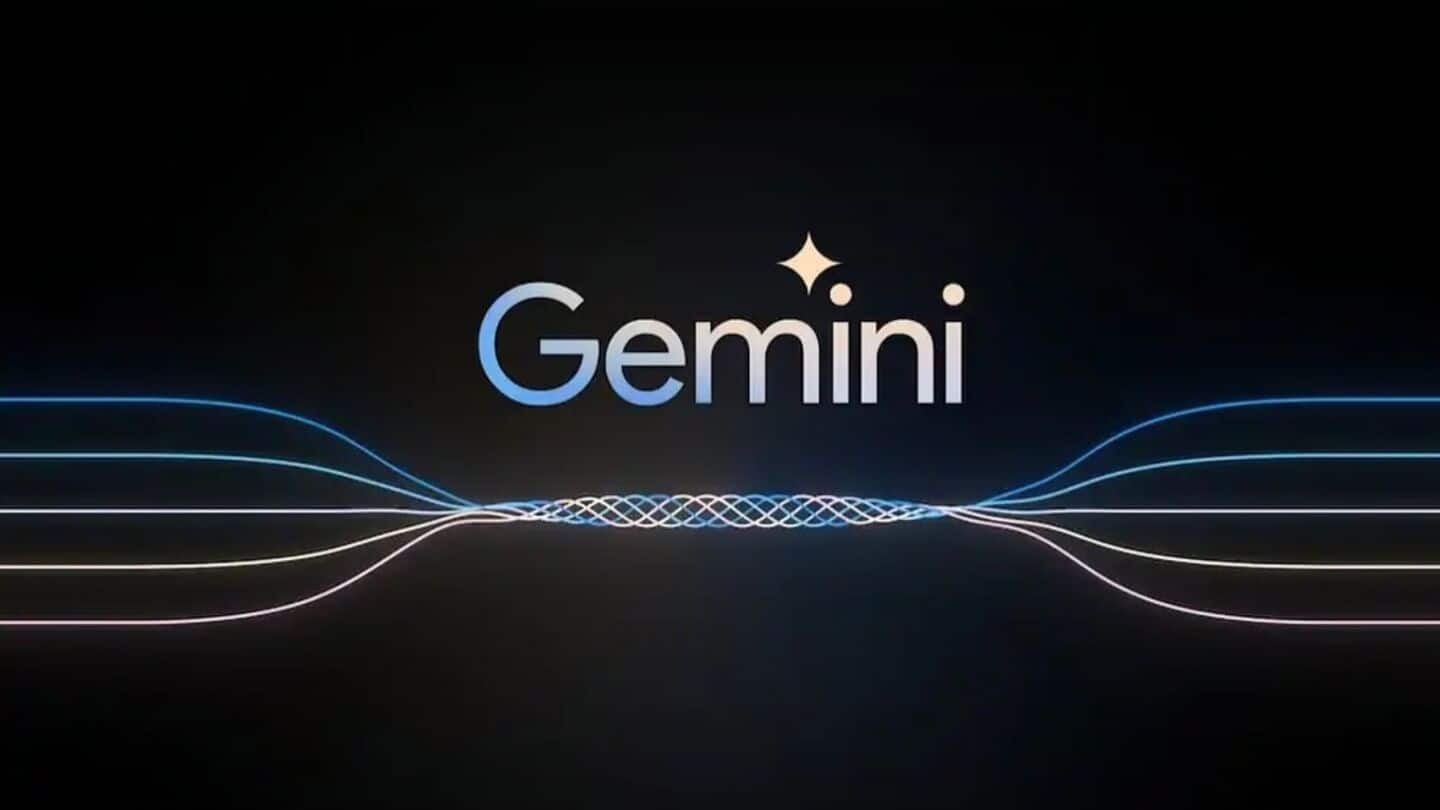
Google Gemini needs just 5 drops of water per prompt
What's the story
Google has released a study claiming that its Gemini AI assistant consumes only a tiny amount of water and energy for each text prompt. The tech giant estimates that a median Gemini text prompt requires about five drops of water (0.26ml) and electricity equivalent to watching TV for less than nine seconds (around 0.24W-hours). This generates around 0.03gm of carbon dioxide emissions, the company said.
Skepticism
Experts say claims are misleading
However, experts have raised concerns over Google's claims, arguing that they are misleading. Shaolei Ren, an associate professor at the University of California, Riverside, and one of the authors of a paper cited by Google in its study, said, "They're just hiding the critical information." He has studied water use and air pollution from AI and believes this could mislead public perception about Gemini's environmental footprint.
Omission
Study omits indirect water use in estimates
One major criticism of Google's study is its omission of indirect water use in its estimates. The research only considered the water consumed by data centers for cooling systems, ignoring the larger picture of electricity consumption and its associated water usage. Alex de Vries-Gao, founder of Digiconomist and a PhD candidate at Vrije Universiteit Amsterdam Institute for Environmental Studies, said, "You only see the tip of the iceberg, basically," with Google's estimate.
Measurement
'Location-based' measure of carbon emissions also needed
Google's study also only shares a "market-based" measure of carbon emissions, which considers a company's commitments to renewable energy growth on power grids. Experts argue that this is not enough, and a "location-based" measure should also be included. This would take into account the current mix of clean and dirty energy in the local power grid, giving a more accurate picture of environmental impact.
Comparison
Apples-to-oranges comparison
Google's study cites previous research by Ren and de Vries-Gao, claiming it can better represent environmental impact than other studies based on modeling without first-party data. However, both experts argue that Google is making an apples-to-oranges comparison by using median instead of average values and not providing details on how it arrived at its median.
Misleading comparison
Findings orders of magnitude less than previous estimates
Google's finding of 0.26ml of water per text prompt is "orders of magnitude less than previous estimates," which went as high as 50ml in Ren's research. However, this comparison could be misleading since the paper Ren co-authored considers total direct and indirect water consumption by a data center. Google has yet to submit its new paper for peer review, but said it is open to doing so in the future.